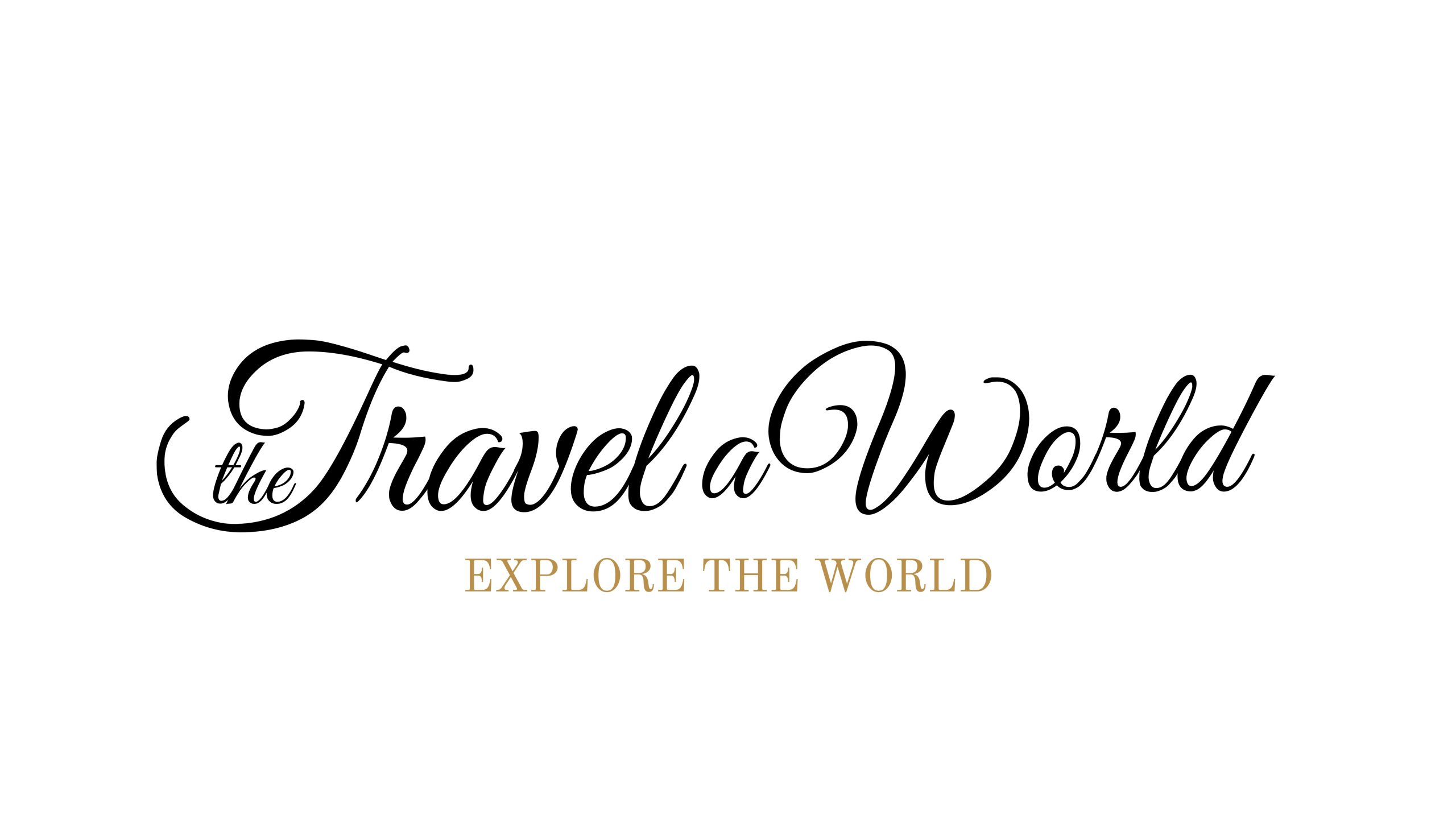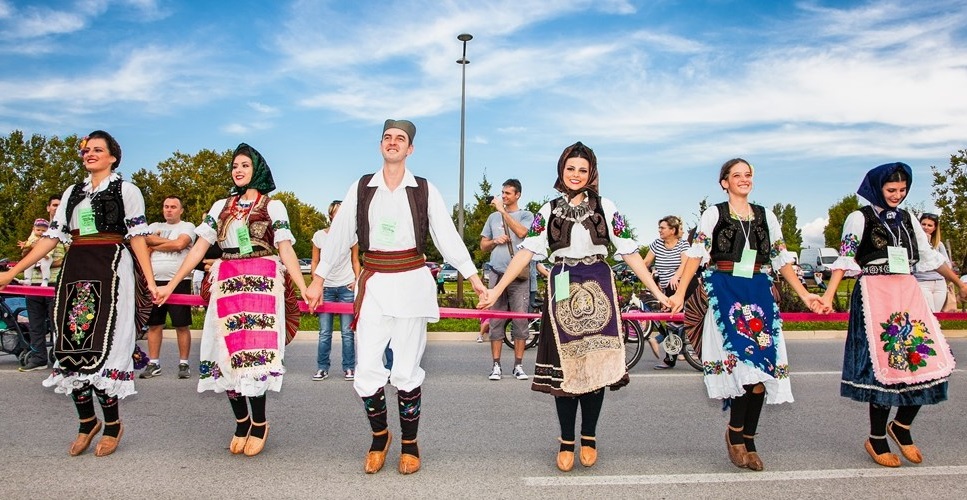
European cultural diversity embodies a rich tapestry of traditions, languages, cuisines, and customs across the continent. From the vibrant festivals in Spain to the historical landmarks of Italy, and the contemporary arts scenes in Germany, each region contributes uniquely to Europe’s cultural mosaic. This diversity is rooted in centuries of cross-cultural exchanges, migrations, and artistic innovations, shaping a dynamic and multifaceted identity. Embracing this diversity fosters mutual understanding and appreciation, highlighting Europe as a kaleidoscope of heritage and creativity.
Table of Contents
A. Definition of European Cultural Diversity
European cultural diversity refers to the rich tapestry of traditions, languages, customs, and beliefs that have developed across the continent of Europe. It encompasses the multitude of ethnicities, religions, and regional identities that coexist within the geographical boundaries of Europe.
B. Importance and significance
The significance of European cultural diversity lies in its role as a cornerstone of global cultural heritage. It embodies centuries of artistic, linguistic, and philosophical contributions that have shaped human civilization. Additionally, the diversity within Europe fosters tolerance, understanding, and cooperation among its inhabitants, contributing to social cohesion and enriching the global cultural landscape.
Historical Context
A. Overview of European history and cultural evolution
European history is marked by a dynamic interplay of civilizations, kingdoms, and empires, each leaving its imprint on the cultural landscape. From the ancient civilizations of Greece and Rome to the medieval period characterized by feudalism and religious expansion, Europe has undergone profound transformations. The Renaissance and Enlightenment further propelled cultural development, leading to scientific advancements, artistic achievements, and the spread of humanistic ideals.
B. Influence of migrations, invasions, and trade routes
Migrations, invasions, and trade routes have been instrumental in shaping European cultural diversity. Waves of migration, such as the movement of Germanic tribes during the Migration Period and the influx of Vikings, have introduced new languages, traditions, and customs. Similarly, invasions by the Mongols, Arabs, and Ottoman Turks have left indelible marks on European culture, influencing art, architecture, and cuisine. Moreover, trade routes like the Silk Road facilitated the exchange of goods, ideas, and technologies, fostering cultural diffusion and cross-cultural interactions across Europe and beyond.
Linguistic Diversity
A. Overview of languages spoken in Europe
Europe boasts a remarkable linguistic diversity, with a multitude of languages spoken across the continent. These languages belong to various language families, including Indo-European, Uralic, Turkic, and others. Indo-European languages, such as English, Spanish, French, German, Italian, and Russian, dominate much of Europe, but numerous other languages thrive as well. Regional and minority languages, such as Catalan, Basque, Welsh, Gaelic, Romani, and many others, contribute to the rich linguistic tapestry of Europe.
B. Impact of multilingualism on cultural identity
Multilingualism plays a significant role in shaping cultural identity in Europe. It reflects the historical interactions, migrations, and cultural exchanges that have occurred throughout the continent’s history. Multilingual individuals and communities often exhibit a strong sense of cultural pride and identity tied to their language(s). Additionally, multilingualism fosters communication and understanding among diverse ethnic and cultural groups, contributing to social cohesion and cultural richness.
Ethnic and Religious Diversity
A. Diversity of ethnic groups across Europe
Europe is home to a diverse array of ethnic groups, each with its own distinct cultural heritage, traditions, and identities. From the indigenous peoples of the Arctic Circle to the Roma communities spread throughout the continent, Europe’s ethnic diversity reflects centuries of migrations, conquests, and cultural interactions. Additionally, waves of immigration in recent centuries have further diversified Europe’s ethnic landscape, with communities from Africa, Asia, and the Middle East contributing to the continent’s cultural mosaic.
B. Religious pluralism and its manifestations
Religious pluralism is another defining feature of Europe’s cultural landscape. Christianity in its various denominations has historically been dominant, with Catholicism, Protestantism, and Eastern Orthodoxy representing major branches. However, Europe is also home to significant Jewish, Muslim, Buddhist, Hindu, and other religious communities. This religious diversity manifests in the form of diverse religious practices, architectural styles, festivals, and cultural traditions, enriching Europe’s cultural tapestry and contributing to its vibrant cultural identity.
Cultural Traditions and Customs
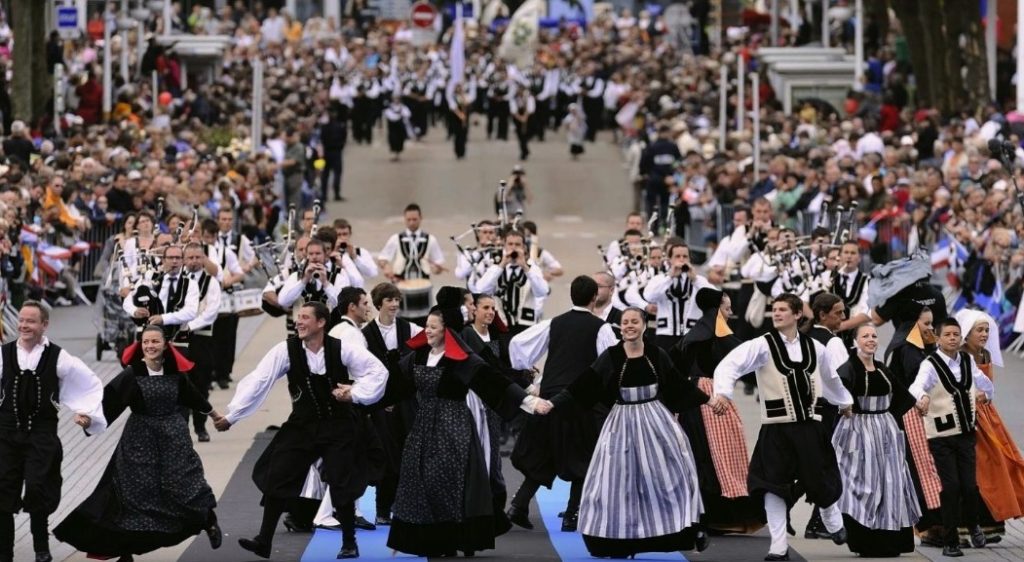
A. Exploration of diverse cultural practices
European cultural practices encompass a wide range of traditions, rituals, and customs that vary greatly across regions and communities. These may include folk dances, traditional clothing, culinary traditions, rites of passage, and religious ceremonies. For example, the folk festivals of Oktoberfest in Germany, La Tomatina in Spain, and the Carnival of Venice in Italy showcase the diversity of cultural practices across Europe.
B. Regional variations in festivals, rituals, and celebrations
Festivals, rituals, and celebrations in Europe exhibit regional variations influenced by historical, geographical, and cultural factors. For instance, the midsummer celebrations in Scandinavia, such as Sweden’s Midsommar, differ from the elaborate Easter traditions in Eastern Europe, such as Poland’s Śmigus-Dyngus. Similarly, religious festivals like Christmas and Easter are celebrated with unique customs and traditions in different European countries, reflecting the diverse cultural tapestry of the continent.
Artistic Expression
A. Examination of European art movements and styles
European art has been shaped by a multitude of movements and styles throughout history. From the Renaissance and Baroque periods to Romanticism, Impressionism, Cubism, Surrealism, and beyond, European art has continually evolved and innovated. Each movement reflects the cultural, social, and philosophical currents of its time, leaving a lasting impact on artistic expression worldwide.
B. Diversity in literature, music, theater, and visual arts
Variety of European cultures artistic expression encompasses a rich diversity of forms, genres, and mediums. In literature, Europe has produced an extensive canon of influential works spanning various genres, languages, and time periods, from the epic poems of Homer to the existentialist novels of Camus and Sartre. In music, Europe is renowned for its classical composers like Mozart, Beethoven, and Bach, as well as its contributions to contemporary genres such as rock, electronic, and hip-hop. European theater has a rich tradition dating back to ancient Greece, with modern European playwrights continuing to push boundaries and explore new forms of expression.
Culinary Diversity
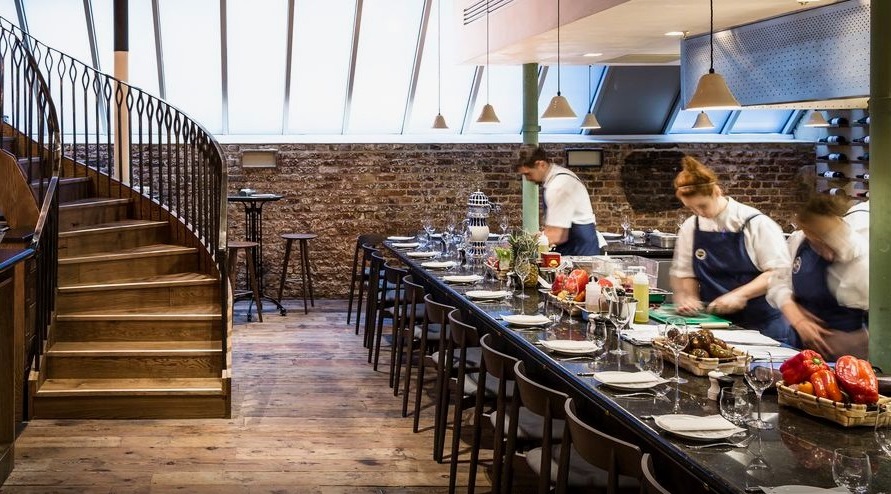
A. Regional cuisines and culinary traditions
Europe is renowned for its diverse regional cuisines and culinary traditions, each offering a unique gastronomic experience. From the hearty stews and sausages of Central Europe to the seafood-rich dishes of the Mediterranean coast, European cuisine reflects the geographical, historical, and cultural diversity of the continent. French haute cuisine, Italian pasta and pizza, Spanish tapas, Greek mezze, British fish and chips, German sausages, and Scandinavian smoked salmon are just a few examples of the rich tapestry of flavors found across Europe.
B. Influence of migration and globalization on European food culture
Migration and globalization have significantly influenced European food culture, introducing new ingredients, cooking techniques, and culinary traditions. The influx of immigrants from Asia, Africa, and the Middle East has brought diverse flavors and spices to European kitchens, leading to the fusion of culinary traditions and the emergence of new, hybrid cuisines. Additionally, globalization has facilitated the spread of fast food chains, international cuisines, and culinary trends, reshaping eating habits and consumer preferences across Europe.
Cultural Heritage Sites
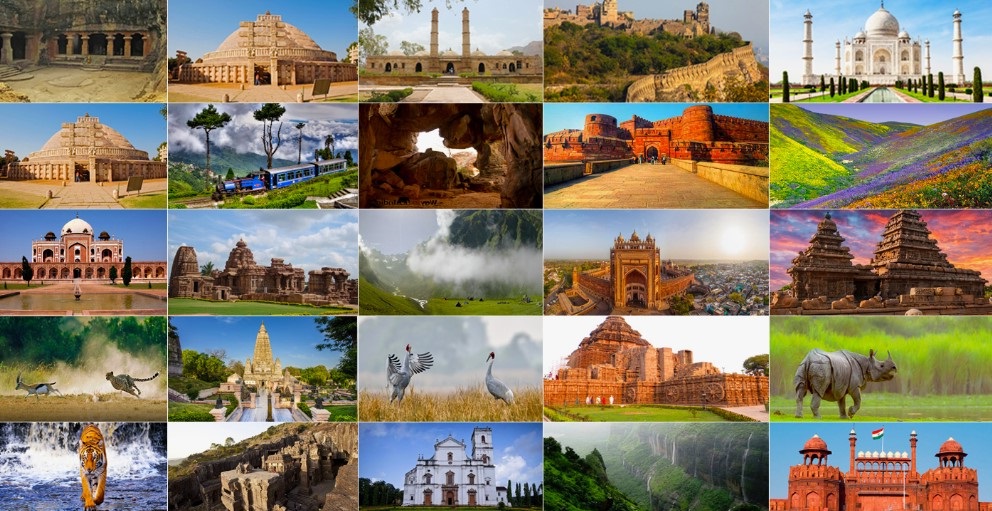
A. UNESCO World Heritage Sites in Europe
Europe is home to a wealth of UNESCO World Heritage Sites, representing the continent’s rich cultural and natural heritage. These sites encompass architectural masterpieces, historic cities, archaeological sites, and natural wonders that bear witness to Europe’s millennia of human civilization. Examples include the Acropolis of Athens, the Historic Centre of Rome, the Cathedral of Notre-Dame in Paris, the Historic Centre of Prague, Stonehenge in the United Kingdom, the Old Town of Tallinn in Estonia, and the Grand Canal in Venice, among many others.
B. Preservation efforts and challenges
Preservation efforts for Europe’s cultural heritage sites face numerous challenges, including environmental degradation, urban development, tourism pressure, and inadequate funding. Climate change poses a threat to many historic sites, with rising sea levels, extreme weather events, and pollution endangering their integrity. Additionally, rapid urbanization and unchecked tourism can lead to overcrowding, pollution, and damage to fragile ecosystems and historic structures. Sustainable tourism practices, community involvement, and international cooperation are essential for safeguarding Europe’s cultural heritage for future generations.
Contemporary Challenges
A. Immigration and cultural integration
Immigration poses significant challenges to European countries as they strive to foster cultural integration and social cohesion. The influx of migrants from diverse cultural backgrounds can lead to tensions over issues such as language, religion, and identity. Effective policies and programs promoting multiculturalism, language learning, job training, and social inclusion are crucial for facilitating the integration of immigrants into European societies while respecting and valuing their cultural heritage.
B. Rise of nationalism and its impact on cultural diversity
The rise of nationalism in Europe poses a threat to Cultural richness in Europe, as it often promotes exclusionary attitudes and policies that undermine the rights and identities of minority groups. Nationalist movements may seek to assert a homogeneous national identity at the expense of cultural pluralism and individual freedoms. Combatting nationalism requires promoting inclusive civic values, fostering intercultural dialogue, and safeguarding the rights of all citizens, regardless of their cultural background.
Future Prospects
A. Potential trends in European cultural diversity
In the future, European cultural diversity is likely to continue evolving in response to globalization, technological advancements, and demographic shifts. Increased mobility, communication, and interconnectedness will foster further cultural exchange and hybridization, leading to the emergence of new cultural forms and identities. However, challenges such as demographic aging, economic inequality, and environmental degradation may also impact cultural diversity, requiring innovative solutions and collaborative efforts to address.
B. Strategies for promoting understanding and appreciation of diversity
Promoting understanding and appreciation of diversity in Europe requires a multifaceted approach that encompasses education, media representation, public discourse, and policymaking. Encouraging intercultural dialogue, celebrating cultural heritage, and fostering empathy and respect for different perspectives are essential for building inclusive societies. Additionally, investing in diversity education, cultural exchange programs, and community initiatives can help bridge divides and promote solidarity across diverse cultural and ethnic groups in Europe.
Sure, here’s a breakdown table, a conclusion, and 10 FAQs along with their answers based on the article above:
Breakdown Table
| Section | Subsection |
| I. Introduction | A. Definition of European Cultural Diversity |
| B. Importance and significance | |
| II. Historical Context | A. Overview of European history and cultural evolution |
| B. Influence of migrations, invasions, and trade routes | |
| III. Linguistic Diversity | A. Overview of languages spoken in Europe |
| B. Impact of multilingualism on cultural identity | |
| IV. Ethnic and Religious Diversity | A. Diversity of ethnic groups across Europe |
| B. Religious pluralism and its manifestations | |
| V. Cultural Traditions and Customs | A. Exploration of diverse cultural practices |
| B. Regional variations in festivals, rituals, and celebrations | |
| VI. Artistic Expression | A. Examination of European art movements and styles |
| B. Diversity in literature, music, theater, and visual arts | |
| VII. Culinary Diversity | A. Regional cuisines and culinary traditions |
| B. Influence of migration and globalization on European food culture | |
| VIII. Cultural Heritage Sites | A. UNESCO World Heritage Sites in Europe |
| B. Preservation efforts and challenges | |
| IX. Contemporary Challenges | A. Immigration and cultural integration |
| B. Rise of nationalism and its impact on cultural diversity | |
| X. Future Prospects | A. Potential trends in European cultural diversity |
| B. Strategies for promoting understanding and appreciation of diversity |
Conclusion
European cultural diversity is a multifaceted tapestry woven through centuries of historical, linguistic, ethnic, and artistic evolution. From the rich variety of languages spoken across the continent to the vibrant array of culinary traditions, festivals, and artistic expressions, Europe’s cultural heritage is a testament to the resilience and adaptability of its people. However, contemporary challenges such as immigration, nationalism, and globalization pose threats to cultural diversity, requiring proactive measures to promote understanding, integration, and appreciation of the continent’s diverse cultural mosaic.
FAQs (Frequently Asked Questions)
- What is European cultural diversity? European cultural diversity refers to the rich tapestry of traditions, languages, customs, and beliefs that have developed across the continent of Europe.
- How has migration influenced European cultural diversity? Migration has introduced new languages, traditions, and customs to Europe, contributing to its cultural richness and diversity.
- What are some examples of European culinary traditions? European culinary traditions include French haute cuisine, Italian pasta and pizza, Spanish tapas, Greek mezze, British fish and chips, German sausages, and Scandinavian smoked salmon.
- What are UNESCO World Heritage Sites in Europe? UNESCO World Heritage Sites in Europe include the Acropolis of Athens, the Historic Centre of Rome, the Cathedral of Notre-Dame in Paris, Stonehenge in the United Kingdom, and many others.
- What are some contemporary challenges to European cultural diversity? Contemporary challenges include immigration and cultural integration, as well as the rise of nationalism and its impact on cultural diversity.
- How can European countries promote understanding and appreciation of diversity? European countries can promote understanding and appreciation of diversity through education, media representation, intercultural dialogue, and community initiatives.
- What potential trends are expected in European cultural diversity? Potential trends include further cultural exchange and hybridization, as well as the emergence of new cultural forms and identities.
- How does multilingualism impact cultural identity in Europe? Multilingualism fosters communication and understanding among diverse ethnic and cultural groups, contributing to social cohesion and cultural richness.
- What are some strategies for preserving European cultural heritage sites? Strategies include sustainable tourism practices, community involvement, and international cooperation to safeguard historic structures and natural wonders.
- Why is the rise of nationalism considered a challenge to cultural diversity in Europe? Nationalism often promotes exclusionary attitudes and policies that undermine the rights and identities of minority groups, threatening the cultural pluralism of European societies.


